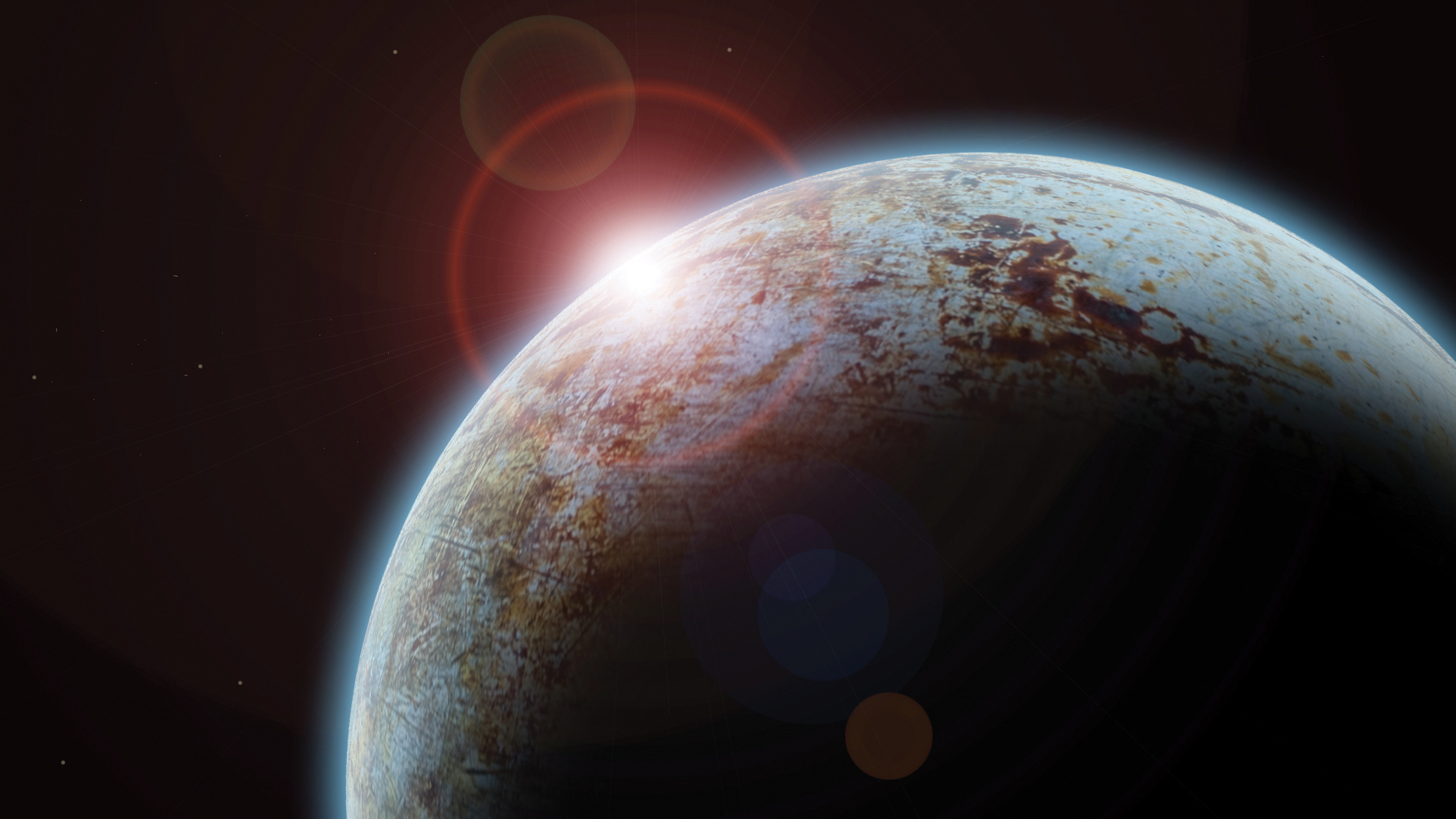NASA kills hope of life discovery on Mars while finding ice on Mercury
Water ice and organic compounds found at Mercury's poles

After first attempting to simply downplay the discoveries made by the Mars Curiosity rover, NASA issued an official press release to set the record straight and extinguish any residual over-excitement.
Rumors buzzed like hypothetical Martian bees when a NASA researcher exclaimed that the data coming back from soil samples was a discovery "for the history books."
But, NASA ruined everyone's dreams today issuing a statement that said, "Rumors and speculation that there are major new findings from the mission at this early stage are incorrect."
A press conference will be held on Dec. 3, where NASA will discuss how the rover's analytical instruments have been used while investigating a particular patch of sandy soil.
The search for organic material
The rover is using its instruments to investigate the Martian landscape for various substances, with organic material representing just one of Curiosity's many mission goals.
Organic material does not necessarily mean living material though, as it can include any carbon-based chemical that has the potential to be an ingredient for life. Sadly, Curiosity has found neither so far, a point that NASA wanted to make absolutely clear.
"At this point in the mission, the instruments on the rover have not detected any definitive evidence of Martian organics," NASA added.
Get daily insight, inspiration and deals in your inbox
Sign up for breaking news, reviews, opinion, top tech deals, and more.
Meanwhile, more exciting news comes from the planet closest to the sun, as polar ice with the possibility of concealed water has been discovered on Mercury.
While Mercury may seem like an unlikely place to find ice, the planet's axis rotation tilt is less than one degree, which allows water ice to form in permanently shadowed craters at the planet's poles.
It's hypothesized that some of the craters are deep enough that liquid water could be present under the layers of ice.
"The neutron data indicate that Mercury's radar-bright polar deposits contain, on average, a hydrogen-rich layer more than tens of centimeters thick beneath a surficial layer 10 to 20 centimeters thick that is less rich in hydrogen," Messenger participating scientist David Lawrence wrote. "The buried layer has a hydrogen content consistent with nearly pure water ice."
Dark material found
While water ice on Mercury is exciting on its own, the Messenger spacecraft also found an unknown dark material on the surface of the ice thought to be a complex organic compound delivered to the planet through comets and asteroids.
Rather than collecting samples like Curiosity, Messenger collects data by bouncing laser beams and gamma rays against the material to analyze the material. Though NASA has not definitively confirmed that it found organic matter, given the data and the material's dark coloration researchers say it's the only explanation that fits.
Considering how careful NASA has been to deny the discovery of organic material on Mars, the dark material on Mercury must be a very close fit.
Mars may be a bust for now, but discoveries on Mercury continue to set the imagination wild as to what other discoveries space may hold. And with Curiosity less than four months into its two-year long mission, there is still plenty of time for discoveries from the red planet to be unearthed.